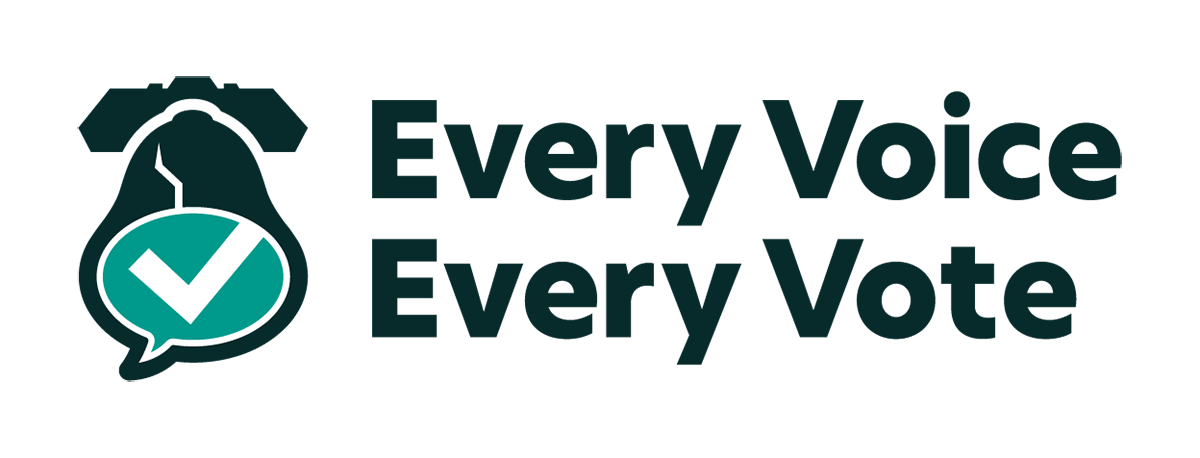
This article is a part of Every Voice, Every Vote, a collaborative project managed by the Lenfest Institute for Journalism with lead support from the William Penn Foundation, and additional funding from Lenfest, Comcast NBC Universal, the John S. and James L. Knight Foundation, Henry L. Kimelman Family Foundation, Judy and Peter Leone, Arctos Foundation, Wyncote Foundation, 25th Century Foundation and Dolfinger-McMahon Foundation.
Nobody can predict the full impact AI will have, but it’s already influencing the election landscape.
In past years, organizations and people with tech skills were the ones primarily spreading false information. But AI “democratized the disinformation landscape,” Bret Schafer, senior fellow at the German Marshall Fund Alliance, said at a panel about AI and election security on Thursday. AI is being used to perpetuate the spread of disinformation and misinformation, but gathering facts from trusted local sources can combat that.
“Now, the technology has allowed basically anyone to run at least a sort of targeted local disinformation campaign, because the scale, the speed, the accuracy has all improved tremendously,” Schafer said.
To start fighting the spread of inaccurate information, it’s first important to understand where different communities are getting their information and meet them where they’re at, Philadelphia Chair Commissioner Omar Sabir said at the event hosted by Councilmember Rue Landau and the Committee of 70.
For example, younger voters consume a lot of their news and information from social media. Those platforms are unregulated, so they can share nearly any type of messaging, making users more susceptible to disinformation and misinformation.
Plus, social media is also curated to each individual, so you’re not seeing the same information or the same sources that your friends and family are seeing, said Lara Putnam, a professor at the University of Pittsburgh Institute for Cyber Law, Policy and Security. That variation causes people to distrust sources that aren’t in their usual rotation.
“What we see as a result of that is a widespread, common concern over the reliability of information,” Putnam said. Generative AI spreads this fear because it can be used to create real-looking information that isn’t reliable.
Regulations in place to reign in AI
Lawmakers are working on legislation that would put guidelines around how AI is used. Advocacy organizations say this would help curb the spread of inaccurate information.
Some states are working to control the spread of misinformation during elections through legislation. These bills range from content disclosure regulations to bills that prohibit deceptive depictions of candidates, said Philip Hensley-Robin, executive director of nonpartisan political organization Common Cause PA.
The Pennsylvania House passed an AI content disclosure bill in April that requires people to include a disclosure on any piece of content that was created using AI.
Multiple Pennsylvania senators also introduced Senate bill 1217 in May, which looks at AI interference in elections. The bill would prohibit the use of generative AI to represent a candidate and possibly influence an election without the candidate’s permission.
Around the country, 19 states have legislation related to AI-generated depictions of election candidates.
There is no federal law that dictates how generative AI can and can’t be used or developed. However, the Biden administration released an executive order last October about the safe development of AI.
Lifting up trusted sources can combat false information
Another strategy to combat the spread of misinformation and disinformation is to create more opportunities for people to access reliable information from trusted sources.
Tech companies can also play a role in that, German Marshall Fund Alliance’s Schafer said.
“The companies have to make decisions about what they’re going to show you first,” he said. “So if you are seeking out information, that you are generally led to quality information.”
Media literacy and digital literacy education are also important. Putnam, the Pitt professor, said that people should curate the sources they follow to be community organizations and reliable institutions. If you come across a piece of information that seems weird, fact-check it against other sources and see if it aligns.
“Look for those brick and mortar information institutions, local paper, local TV news or public officials, and see what information they’re providing, and then share that outwards,” Putnam said. “Don’t dive in, look sideways.”







